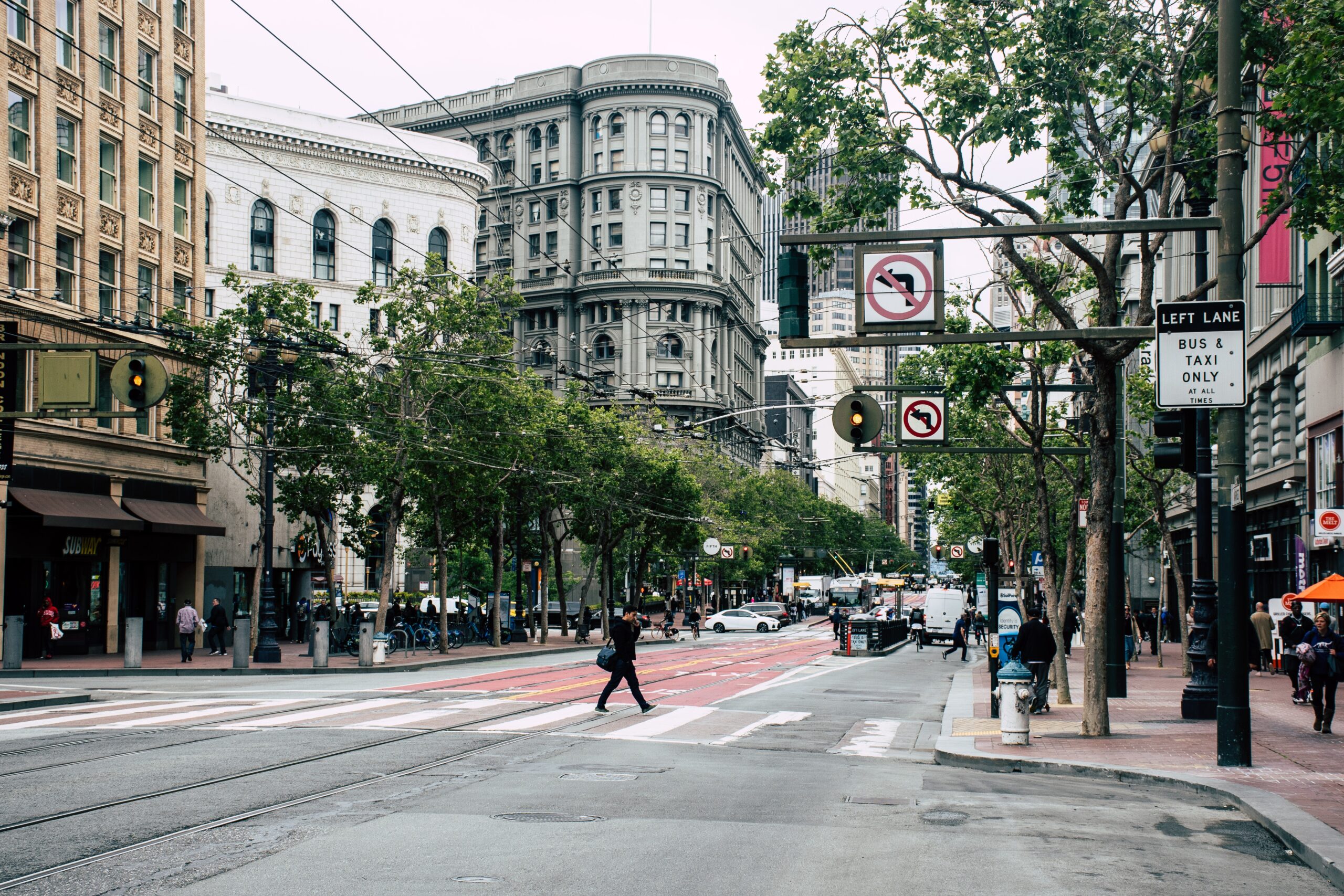
Each year, serious injuries and even fatalities occur when pedestrians and motorists fail to understand right-of-way laws. As either a motorist or a pedestrian, it is your responsibility to be aware of and obey right-of-way laws, particularly as they relate to crosswalks. As a driver, having a better understanding of when pedestrians have the legal right of way versus when they may not will help you make the right decisions behind the wheel and potentially avoid a serious accident.
Pedestrians in Crosswalks: What Are Their Rights?
First of all, understand that crosswalks don’t need to be clearly marked or labeled to be treated as such. According to the 1996 Motor Vehicle Act, a crosswalk is simply defined as a “portion of the roadway at an intersection or elsewhere distinctly indicated for pedestrian crossing by signs or by lines or other markings on the surface.” Furthermore, this act states that a sidewalk with no markings is still considered a crosswalk.
No matter how clearly labeled (or not) a crosswalk may be, drivers should be aware that pedestrians will always have the right of way when they are crossing the road using a crosswalk. Even in a situation where a traffic control signal indicates that pedestrians should not cross, motorists have a responsibility to use common sense and to yield to pedestrians who may already be in the crosswalk.
What about Pedestrians Not Using a Crosswalk?
It can be helpful to remember that in just about any situation where a pedestrian is using a crosswalk (even if they aren’t following posted traffic signals), drivers are expected to yield to them whenever safely possible. For pedestrians not using a crosswalk, however, the right of way should go to the motorist. However, if a driver sees a pedestrian beginning to cross the road that is not at a crosswalk and is able to take evasive action, he or she is expected to do so. Otherwise, the driver could be held responsible for the accident. Unfortunately, in less than ideal road conditions (such as poor lighting or inclement weather), drivers may not always be able to see pedestrians and take evasive action in time. This is also true in situations where a pedestrian is attempting to cross somewhere other than a crosswalk and is wearing dark or otherwise difficult-to-see clothing.
Pedestrian Crossing Accidents: Who is to Blame?
Determining fault for a pedestrian crossing accident isn’t always easy. Although pedestrians should generally be given the right of way by motorists, pedestrians also have a responsibility to look out for their own safety. This means they should never assume that a driver sees them. It also means that pedestrians should take measures to make themselves visible when crossing.
Contact Warnett Hallen LLP Today: Vancouver Personal Injury Lawyers
If you or your loved one has been involved in a pedestrian crossing accident and you believe the incident to be the fault of another party, the best thing you can do is to retain legal representation. Our personal injury lawyers at Warnett Hallen LLP are here to help; contact us today to schedule your free consultation and case evaluation.

